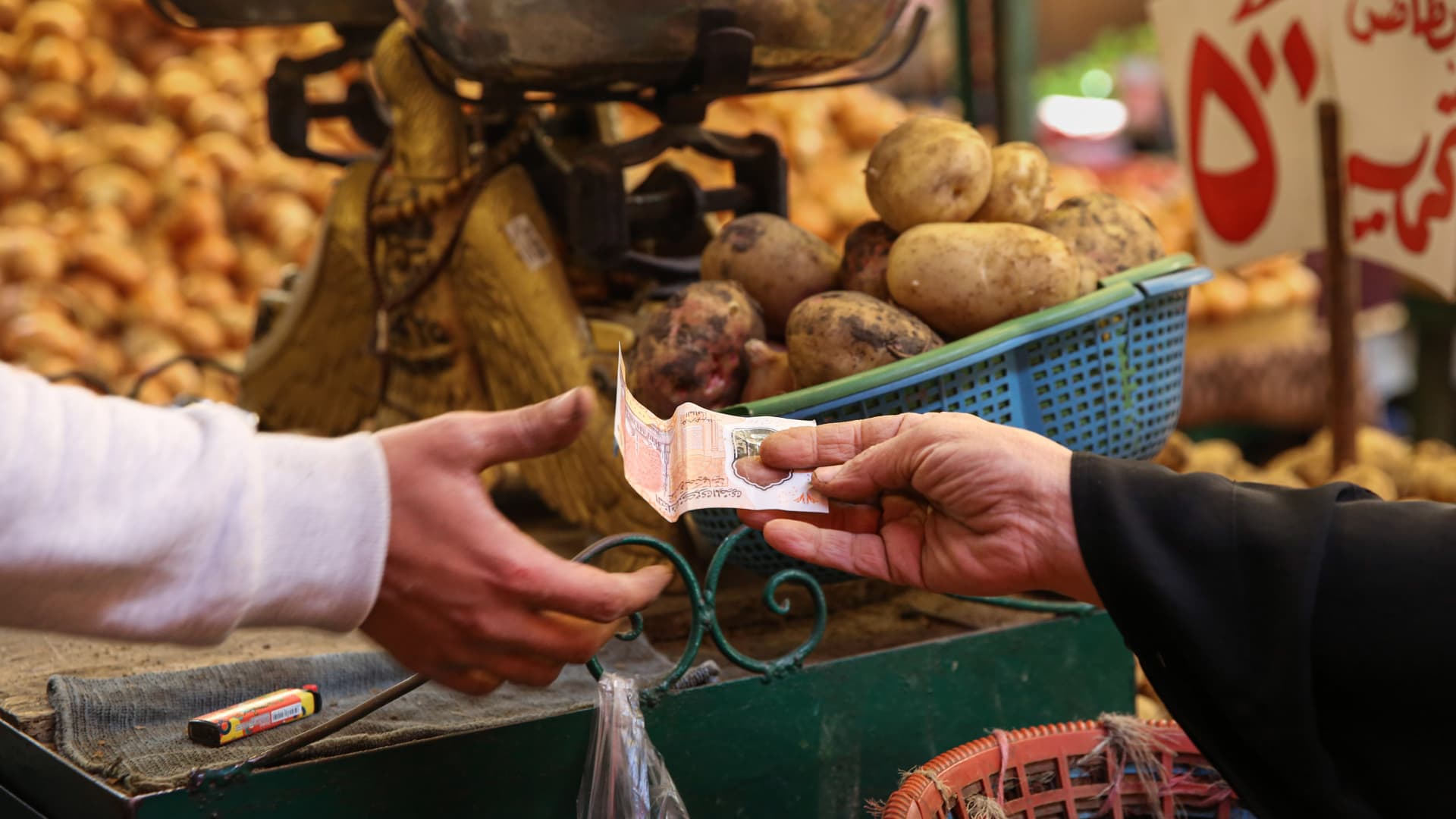Having followed the development in Zambia since I attended elementary school in the country from 1981 to 1982, there is finally some good news that resonates with me in the context of the global EV revolution and the world’s transition to sustainable energy generation and consumption.
Zambia’s new President-elect, 59-year-old Hakainde Hichilema, is determined to push Zambia forward as a key player in the new low carbon world order, the secret weapon being copper. Zambia is the second largest producer of copper in Africa, and has substantial quantities of cobalt too.
Who Is Hakainde Hichilema?
I heard about Hakainde Hichilema the first time in 2016 when he got arrested during the general elections, and I lost hope for any significant development in the country short term.
From BBC News:
It was a case of sixth time lucky for Hakainde Hichilema, who has finally become president of Zambia after five unsuccessful attempts.
Mr Hichilema defeated his main rival, the outgoing President Edgar Lungu, by more than a million votes. Mr Hichilema, 59, has described himself as an ordinary “cattle boy”, who herded his family’s livestock in his youth before going on to become one of Zambia’s richest men.
The president-elect and leader of the United Party for National Development (UPND) is widely referred to as HH. He was born into humble beginnings before managing to get a scholarship to the University of Zambia, and later graduated with an MBA degree from the University of Birmingham in the UK.
He went on to make a fortune in finance, property, ranching, healthcare and tourism.
Mr Hichilema has shown resilience in his political career. Along with his five electoral losses, he often reminds people that he has been arrested 15 times since getting into politics.
In 2016, he was charged with treason for allegedly failing to give way to the presidential motorcade. He spent four months in a maximum-security jail before the charges were dropped.
What Will Zambia Do Now?
I have a few friends in Zambia, of all ages, and they collectively just want to work and make decent living. From what I hear, the labor market has not been fair for a long time, with nepotism and corruption affecting all layers. It’s difficult to explain, but let me set the scene with an example: In 2019 I was fortunate enough to teach grade 9 at my old school for just one hour. I had brought a small solar cell, a small battery, and a small toy electric car. While explaining and demonstrating how all this worked, the 40-some students were dead silent paying attention, and when the class was over, their teacher asked them who would now like to be an engineer? In a split second all hands rose high!
So how will the election of HH change anything? From The Times UK:
In his acceptance speech on Monday, he [Hakainde Hichilema] pledged major structural and policy changes in all sectors but particularly mining.
And some more context from S&P Global:
Africa’s second-largest copper-producer — the metal accounts for more than 70% of the country’s export earnings — had witnessed a noticeable deterioration in its mining investment climate during Lungu’s second term in office, “damaging relations between miners and the government beyond repair”, the CEO of Africa-focused strategic advisory firm Africa Practice, Marcus Courage, told S&P Global Platts.
“This also resulted in lower levels of investment, lower copper production and reduced receipts for the government, in spite of a rebound in global copper prices,” Courage said.
Hichilema’s pledge to create jobs and restore Zambia’s economy now hinges on his ability to restore confidence among investors and see stalled mining investments resume once more, Courage said.
“If he can get this right, then the Zambian Copperbelt can be competitive once more, and can become a hive of global mining activity, creating jobs.”
Infrastructure Is Key
Zambia is an immensely resourceful country, both in terms of natural resources and human resources. My old school is finally getting access to electricity, but it has taken more than 4 decades to hook it up to the main lines from the road right next to the school grounds! And as is clear from my visit there the last time, all these rural schools are rife with young people ready to make a difference (on my last visit in 2019 I visited 5 rural schools, all with the same sentiment).
The Chibwe school library building ready to get connected to the grid in 2019. Photo credit: Jesper Berggreen.
Despite the former President’s questionable priorities, solar plants have been and are being deployed on a large scale in the country, but the key is infrastructure, and more specifically, last mile infrastructure. Connecting rural communities with the main grid of transportation and energy has been so slow that you would be hard pressed to notice any difference from decade to decade. In contrast, cellular communication infrastructure is very good.
Here is a concrete visual example I filmed in 2019: This truck is the main mode of transporting people and goods on a 30-mile stretch off of a main road in the southern province. On this pitiful excuse of a road are located 7 villages, each with their government elementary school. The truck has the same average speed as a goat.
Of a population of 10 million, at least 60% is struggling with the lack of effective infrastructure. Zambia has the potential to be a very strong economy in Africa based on its unique position in terms of natural resources, young and ambitious population, and last but not least, being a multi-ethnic society itself with 73 tribes and 7 main native languages, its long history of peaceful cooperation with its 8 neighboring countries!
What About China?
China has a strong presence in Africa, and Zambia is no exception. The country has contracts in mining, hydro, and solar power, and some would argue the Chinese practice ruthless business strategies. I am no expert on Chinese matters, so I can only hope Zambia’s new government will be able to strike deals with any foreign partner that is of the primary interest of the peoples of Zambia.
Myself and friends checking out a Chinese-deployed 10 kW solar hammer mill in Zambia 2019. Photo credit: Jesper Berggreen.
I have personally been waiting for this breakthrough for 40 years. Nothing would make me more proud than for Zambia to step in as an open, conscientious, and fair global business partner in the worlds transition away from the aftermath of the fossil fuel era.
The battery pack in my local Zambia-manufactured toy wire car in 1981 may only power the on board radio, but it’s a BEV nonetheless! Photo credit: Birgit Berggreen.
I can’t wait to one day drive up to my old Chibwe school in a full size solar charged electric vehicle and give another lecture on the subject.
Appreciate CleanTechnica’s originality? Consider becoming a CleanTechnica Member, Supporter, Technician, or Ambassador — or a patron on Patreon.


